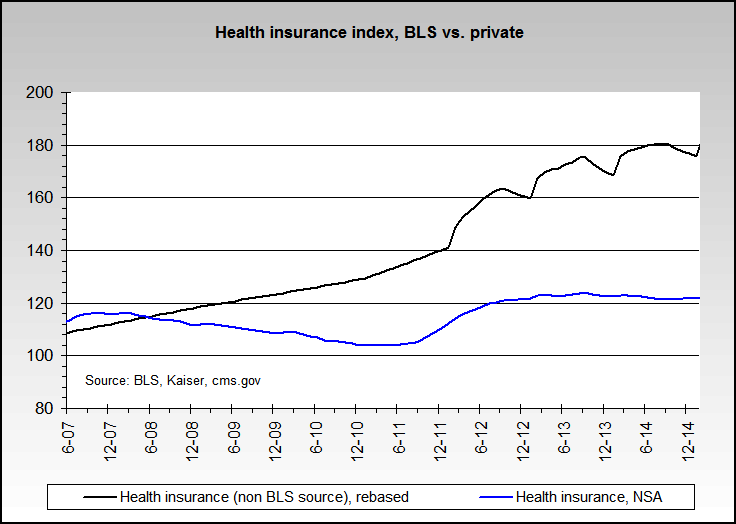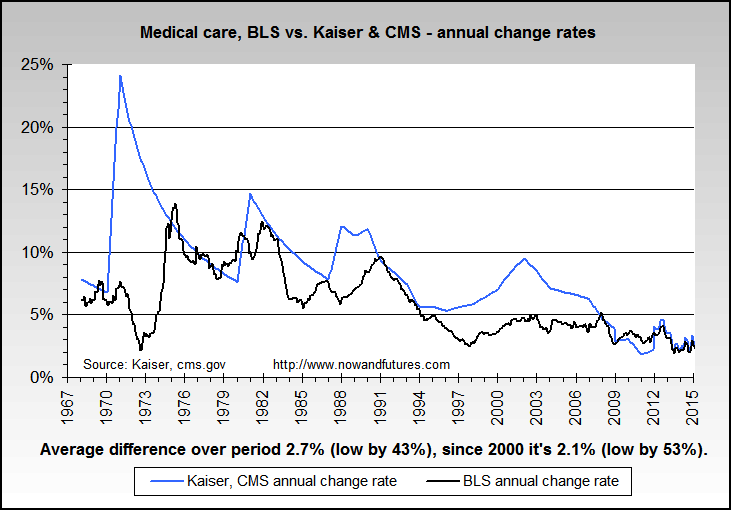Urban Re-Development

By FERNANDA SANTOS
PHOENIX — Hussein Al Hamka is going to farm his famous cucumbers on a 15-acre vacant lot in the heart of this city, where nearly half of all lots sit empty and unused.
If his piece of fertilized dirt had a price tag, it would cost much more than he could ever dream of affording; the lot is valued at $25 million, or at least it was before the housing market collapsed and it was left undeveloped. To survive, Mr. Hamka, 50, an Iraqi refugee three years into his life in the United States, grows and sells cucumbers just like the ones he ate in his home country.
On Friday, Fidele Komezusenge, 25, a refugee from the Democratic Republic of Congo, picked rocks from the loose soil in the raised beds next to Mr. Hamka’s. Mr. Komezusenge was planning to plant carrot and cabbage seeds, his first farming foray since arriving in the United States in June. Nearby, Safala Chhetri, 50, a refugee from Bhutan who arrived in 2009, wavered between planting spinach or kale, but then decided to give onions a second chance.
“I planted them on my backyard last year, but they didn’t do so great,” Ms. Chhetri said.
The refugees are accidental farmers in an unlikely urban field that is part of an ambitious plan to transform vacant land. The lot sits on one of the busiest corners of this expansive city, across from an English pub, near a light-rail stop and in sight of the glimmering high rises that punctuate downtown.
In Detroit or Buffalo, empty lots are ubiquitous reminders of what once was, places where buildings stood until they were abandoned during rough times that still endure. Here, the lots are a sign of what could be — promise and eyesore wrapped together in undeveloped slices of weeds and packed dirt.
In his inaugural speech in January, Mayor Greg Stanton spoke about the fields as empty canvases “filled with opportunities.” Last Monday, he broke ground on the lot where the refugees were working on Friday. Soon, shady trees and murals painted by local artists will color the barren landscape. Food trucks will operate there someday, Mr. Stanton said in an interview, and there will be plenty of space for children to play and adults to socialize.
“We want to change the conversation about vacant lots in the city,” Mr. Stanton said.
The land came into the city’s hands at no cost, at the end of a three-way land swap involving the federal government and a private developer. It used to be part of a bigger lot that held a boarding school for American Indian children from reservations across the Southwest, who were indoctrinated into Euro-American values. Some of the buildings still stand in the adjacent Steele Indian School Park.
The Bureau of Indian Affairs, the lot’s former owner, traded it with a developer, the Barron Collier Companies, for a piece of swampland in Florida. The city then gave the developer a different plot downtown in exchange for the area that houses the park. The remaining 15 acres stayed in Barron Collier’s hands. A few months ago, Mr. Stanton asked if the city could use the remaining land — for three years, but “maybe longer,” if in three years the developer still had no plans for it. The developer agreed.
The project is simple. Mr. Stanton said his goal was to create “not a Taj Mahal, but something replicable,” fit for lots of all sizes, in spots of high visibility and in hidden corners of poor neighborhoods.
The lot stands at the intersection of Indian School Road and Central Avenue, which slices Phoenix from north to south and from where the refugees’ crops will eventually be visible. Seven families have prepared half an acre of land for planting. Timothy Olorunfemi, the farm program coordinator in Phoenix for the International Rescue Committee, a refugee resettlement agency, said that 80 families would soon be working on two acres of land.
The first farming season runs through February or March; leafy greens, onions and root vegetables are among its main crops. Summer crops include melons, eggplants, tomatoes and, for Mr. Hamka, his cucumbers.
Mr. Hamka was a mechanic for the Iraqi Army, but he learned to farm from his parents, who grew wheat, barley and other grains on the family farm near Kurdistan. When he left Iraq for a refugee camp in Syria, he carried some cucumber seeds, which he then brought to Phoenix, where he planted them. The cucumbers they yield are a lighter shade of green than the cucumbers found in the supermarket here, and they have a smoother skin and a sweeter taste. He sells them in Arabic markets in Phoenix and San Diego, where they are known as “Al Hamka cucumbers.”
Ms. Chhetri, who has a degree in history, also learned to farm from her parents. She said she pays her mortgage here with the money she makes by selling the vegetables she grows in her backyard.
Mr. Komezusenge is an agronomist and worked for the Congolese Ministry of Agriculture before he escaped to a refugee camp in Rwanda and, from there, to the United States. When he got to Phoenix, he said: “I was surprised. The area is very different from Africa. Africa is very green. Maybe no agriculture here.”
But he said he was again surprised when he spotted leaves sprouting from a neighbor’s garden, a sight that taught him that “the land can feed you anywhere, even in the desert.”
http://www.nytimes.com/2012/11/27/us...gewanted=print

By FERNANDA SANTOS
PHOENIX — Hussein Al Hamka is going to farm his famous cucumbers on a 15-acre vacant lot in the heart of this city, where nearly half of all lots sit empty and unused.
If his piece of fertilized dirt had a price tag, it would cost much more than he could ever dream of affording; the lot is valued at $25 million, or at least it was before the housing market collapsed and it was left undeveloped. To survive, Mr. Hamka, 50, an Iraqi refugee three years into his life in the United States, grows and sells cucumbers just like the ones he ate in his home country.
On Friday, Fidele Komezusenge, 25, a refugee from the Democratic Republic of Congo, picked rocks from the loose soil in the raised beds next to Mr. Hamka’s. Mr. Komezusenge was planning to plant carrot and cabbage seeds, his first farming foray since arriving in the United States in June. Nearby, Safala Chhetri, 50, a refugee from Bhutan who arrived in 2009, wavered between planting spinach or kale, but then decided to give onions a second chance.
“I planted them on my backyard last year, but they didn’t do so great,” Ms. Chhetri said.
The refugees are accidental farmers in an unlikely urban field that is part of an ambitious plan to transform vacant land. The lot sits on one of the busiest corners of this expansive city, across from an English pub, near a light-rail stop and in sight of the glimmering high rises that punctuate downtown.
In Detroit or Buffalo, empty lots are ubiquitous reminders of what once was, places where buildings stood until they were abandoned during rough times that still endure. Here, the lots are a sign of what could be — promise and eyesore wrapped together in undeveloped slices of weeds and packed dirt.
In his inaugural speech in January, Mayor Greg Stanton spoke about the fields as empty canvases “filled with opportunities.” Last Monday, he broke ground on the lot where the refugees were working on Friday. Soon, shady trees and murals painted by local artists will color the barren landscape. Food trucks will operate there someday, Mr. Stanton said in an interview, and there will be plenty of space for children to play and adults to socialize.
“We want to change the conversation about vacant lots in the city,” Mr. Stanton said.
The land came into the city’s hands at no cost, at the end of a three-way land swap involving the federal government and a private developer. It used to be part of a bigger lot that held a boarding school for American Indian children from reservations across the Southwest, who were indoctrinated into Euro-American values. Some of the buildings still stand in the adjacent Steele Indian School Park.
The Bureau of Indian Affairs, the lot’s former owner, traded it with a developer, the Barron Collier Companies, for a piece of swampland in Florida. The city then gave the developer a different plot downtown in exchange for the area that houses the park. The remaining 15 acres stayed in Barron Collier’s hands. A few months ago, Mr. Stanton asked if the city could use the remaining land — for three years, but “maybe longer,” if in three years the developer still had no plans for it. The developer agreed.
The project is simple. Mr. Stanton said his goal was to create “not a Taj Mahal, but something replicable,” fit for lots of all sizes, in spots of high visibility and in hidden corners of poor neighborhoods.
The lot stands at the intersection of Indian School Road and Central Avenue, which slices Phoenix from north to south and from where the refugees’ crops will eventually be visible. Seven families have prepared half an acre of land for planting. Timothy Olorunfemi, the farm program coordinator in Phoenix for the International Rescue Committee, a refugee resettlement agency, said that 80 families would soon be working on two acres of land.
The first farming season runs through February or March; leafy greens, onions and root vegetables are among its main crops. Summer crops include melons, eggplants, tomatoes and, for Mr. Hamka, his cucumbers.
Mr. Hamka was a mechanic for the Iraqi Army, but he learned to farm from his parents, who grew wheat, barley and other grains on the family farm near Kurdistan. When he left Iraq for a refugee camp in Syria, he carried some cucumber seeds, which he then brought to Phoenix, where he planted them. The cucumbers they yield are a lighter shade of green than the cucumbers found in the supermarket here, and they have a smoother skin and a sweeter taste. He sells them in Arabic markets in Phoenix and San Diego, where they are known as “Al Hamka cucumbers.”
Ms. Chhetri, who has a degree in history, also learned to farm from her parents. She said she pays her mortgage here with the money she makes by selling the vegetables she grows in her backyard.
Mr. Komezusenge is an agronomist and worked for the Congolese Ministry of Agriculture before he escaped to a refugee camp in Rwanda and, from there, to the United States. When he got to Phoenix, he said: “I was surprised. The area is very different from Africa. Africa is very green. Maybe no agriculture here.”
But he said he was again surprised when he spotted leaves sprouting from a neighbor’s garden, a sight that taught him that “the land can feed you anywhere, even in the desert.”
http://www.nytimes.com/2012/11/27/us...gewanted=print








Comment